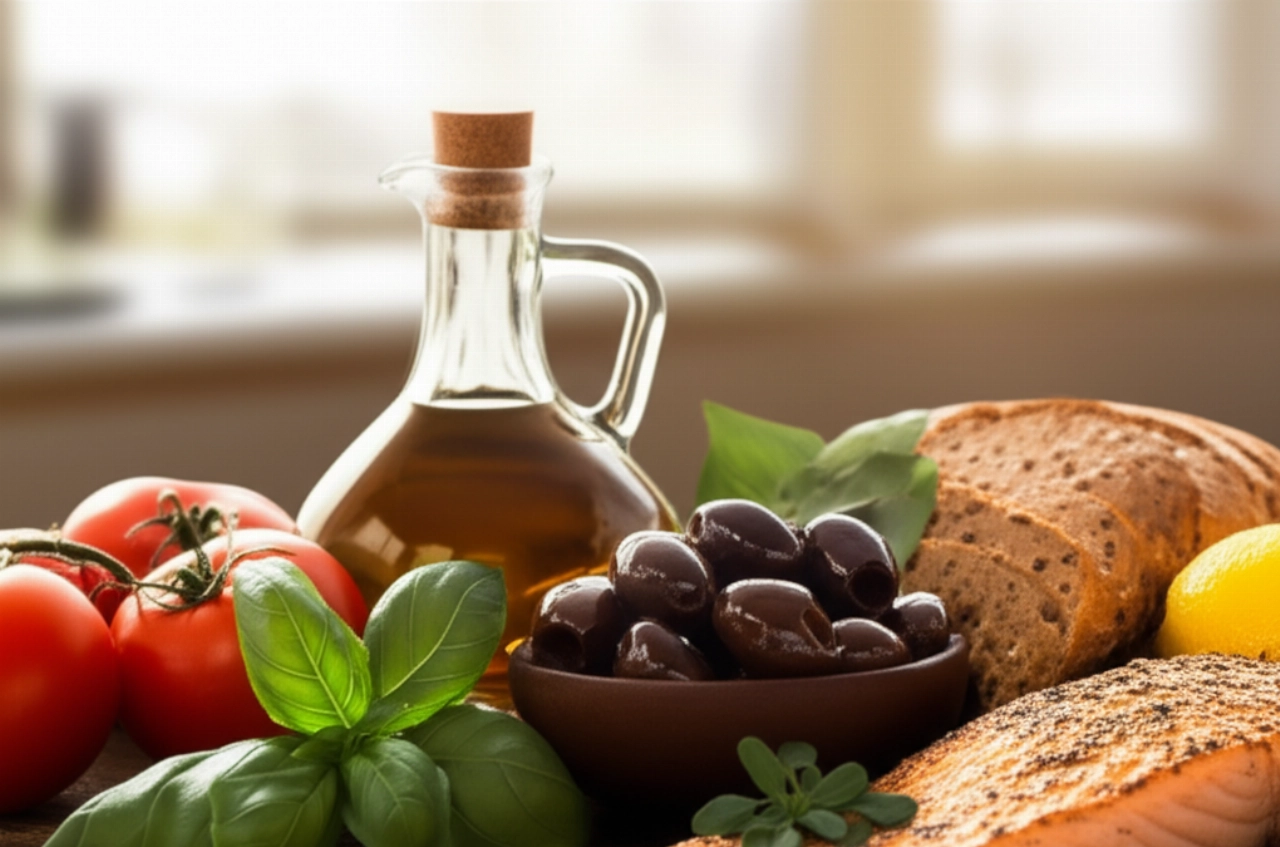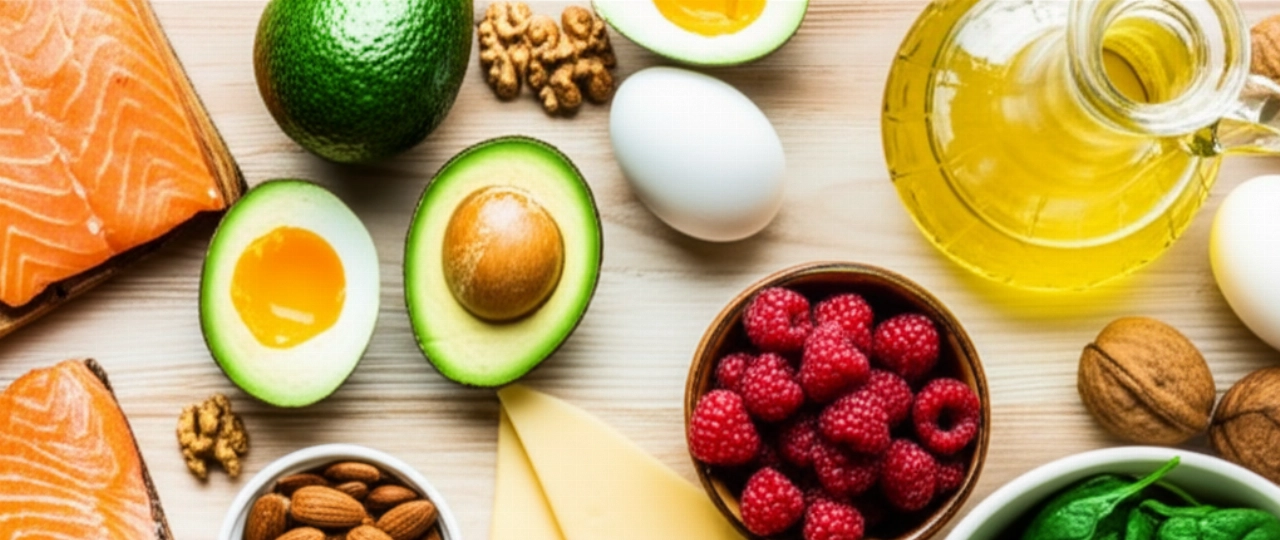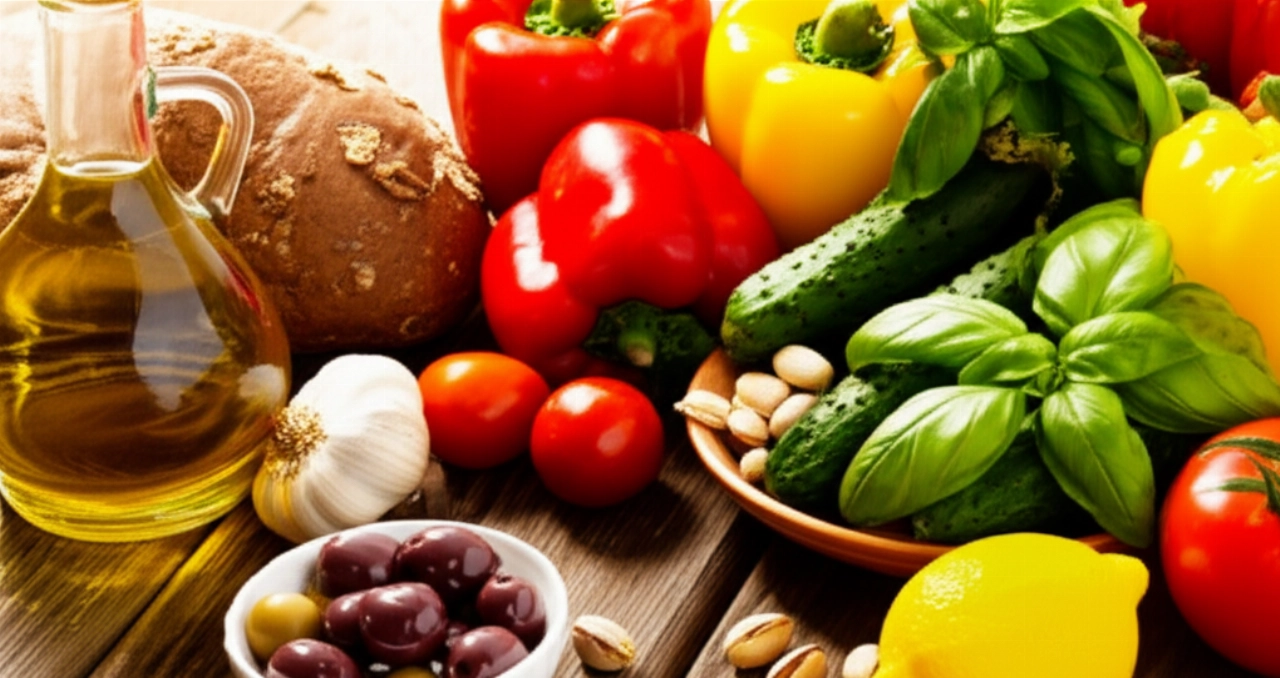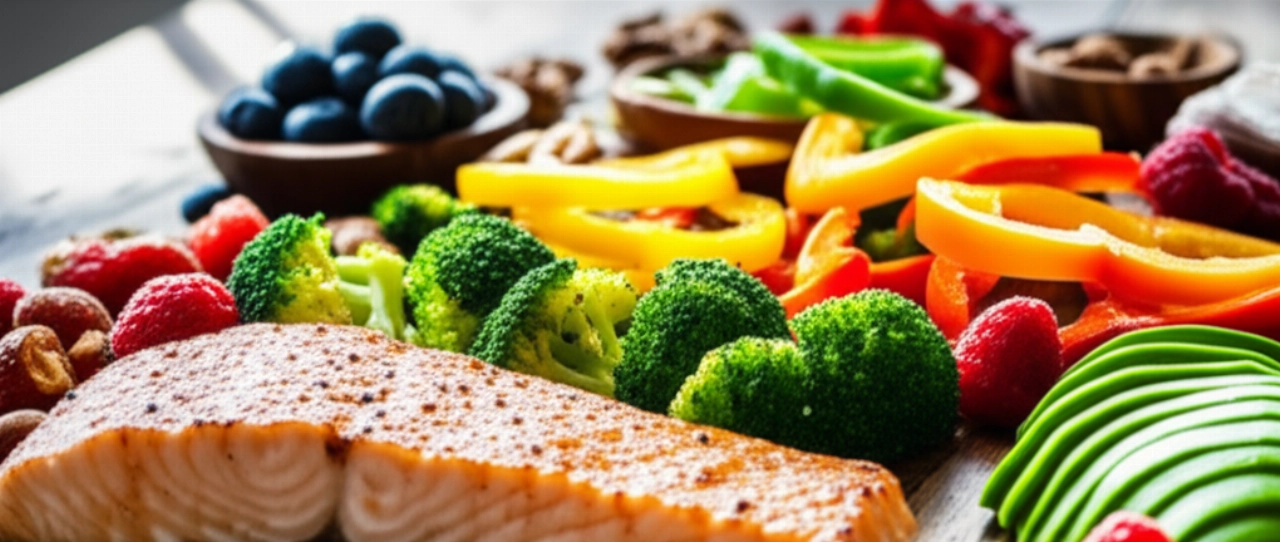Have you ever found yourself at the supermarket, cart in hand, feeling completely lost? Between incomprehensible labels, deceptive "slim-line" offers, and the memory of a thousand diets tried, grocery shopping for weight loss can turn into a real nightmare. You don't know what to buy, what to avoid, and you end up filling your cart with products that promise miracles but leave you only with yet another disappointment and the feeling of having wasted time and money.
The truth is that how to grocery shop for your diet shouldn't be a source of anxiety or frustration. In fact, it's the first, fundamental step to building a weight loss journey that is truly effective, sustainable, and, above all, enjoyable. If until now you've associated dieting with deprivation, hunger, and sad foods, you're in the right place to change your perspective.
Here at Dietasnella.it, our mission is to transform the complexity of nutrition into a clear and serene path. We will guide you step by step to fill your cart with foods that not only help you lose weight but also nourish you, give you energy, and help you rediscover the pleasure of healthy eating, without sacrifices and without wasting time. Get ready to say goodbye to confusion and welcome a new way of experiencing grocery shopping and your diet.
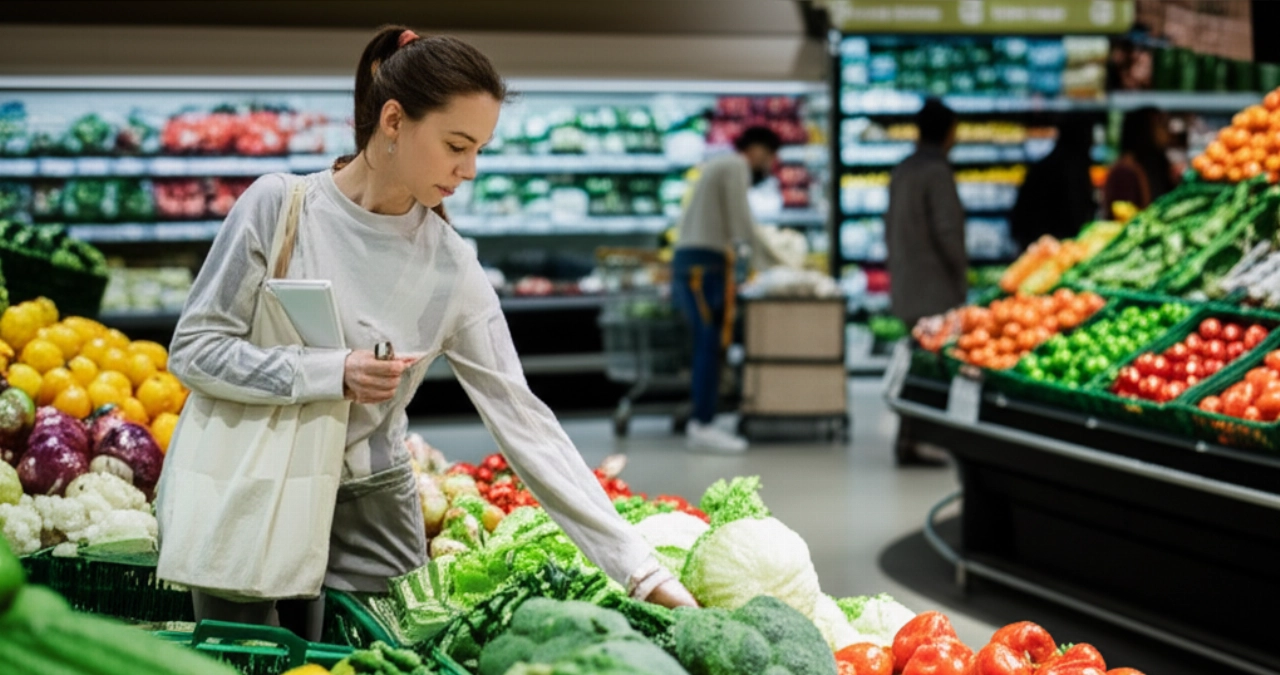
Beyond the Scale: How Smart Grocery Shopping Transforms Your Body and Mind
Imagine waking up every morning with vibrant energy, feeling light and comfortable in your clothes, and looking in the mirror with confidence. Does it sound like a dream? It's not. It all starts there, with your grocery cart. Smart shopping isn't just a list of "allowed" or "forbidden" foods; it's a strategy that directly impacts your metabolism, your mood, and your ability to maintain results over time.
When we consciously choose foods, we are providing our body with the right building blocks to function optimally. It's not about obsessively counting calories, but about understanding the balance of macronutrients (proteins, carbohydrates, healthy fats) and prioritizing whole foods and nutrients. This approach allows you to feel full longer, avoid glycemic spikes that lead to hunger pangs, and have the necessary energy to face the day without slumps.
Well-planned grocery shopping frees you from the fear of hunger and deprivation. It allows you to discover new flavors, experiment in the kitchen, and enjoy every meal. It's an investment in your 360-degree well-being, going far beyond the number on the scale, influencing your self-esteem, concentration, and daily serenity.
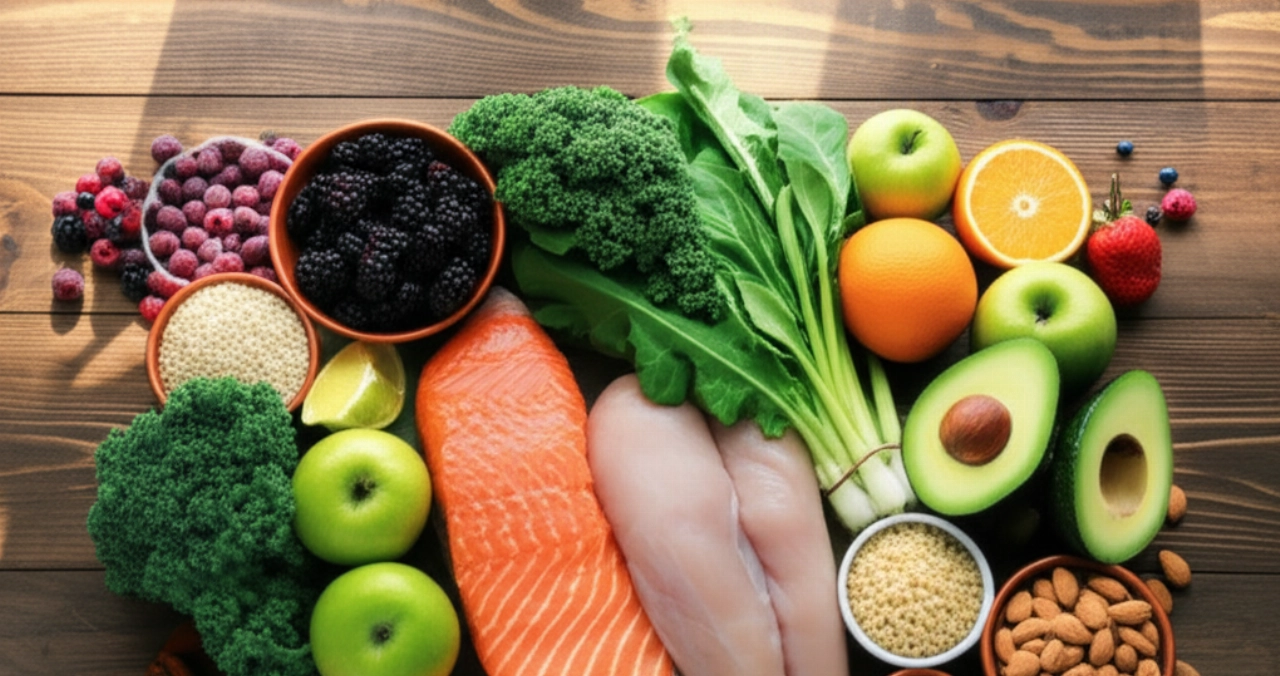
Your Supermarket Map: The Pillars for Shopping That Makes a Difference
No more improvising! With a clear strategy, grocery shopping for your diet becomes an efficient and rewarding activity. Here are the pillars for a cart that takes you straight to your goal:
1. Planning is Power: The Perfect Grocery List
- Weekly Menu: Dedicate 15 minutes a week to plan your meals. This will help you understand exactly what you need, avoiding impulsive purchases and waste.
- Check Your Pantry: Before you leave, check what you already have. Don't buy duplicates!
- Don't Go Shopping on an Empty Stomach: Never grocery shop when hungry. It's the perfect recipe for giving in to temptations.
2. Cart Essentials: Essential Nutrients
- Lean Proteins: Chicken, turkey, fish (salmon, cod), legumes (lentils, chickpeas, beans), eggs, Greek yogurt, ricotta cheese. Essential for muscle mass and satiety.
- Complex Carbohydrates and Fiber: Whole grains (quinoa, spelt, oats, brown rice), sweet potatoes, whole wheat bread, vegetables, and fruits. They provide slow-release energy and aid digestion. Pay attention to the glycemic index.
- Healthy Fats: Extra virgin olive oil, avocado, nuts (walnuts, almonds), seeds (chia, flax). Crucial for hormonal health and vitamin absorption.
- Vegetables and Fruits: Abundance of colors! They are rich in vitamins, minerals, and fiber, with a low caloric intake.
3. Reading Labels: Your Superpower
Don't be fooled by 'light' or 'diet' labels. Learn to read the ingredient list and the nutrition facts panel. Look for products with few ingredients, preferably whole, and pay attention to added sugars, hydrogenated fats, and additives.

Hidden Traps in Your Cart: Avoid Mistakes That Sabotage Your Diet
The supermarket is a minefield of temptations and false promises. Many failures in DIY diets don't stem from a lack of willpower, but from common shopping mistakes that undermine the caloric deficit needed for weight loss and sabotage your metabolism.
- Deceptive "Diet" Products: They are often rich in hidden sugars, artificial sweeteners, or additives that are not good for your health and do not promote weight loss. An example? Many "light" fruit yogurts contain more sugar than you imagine.
- Impulsive Purchases: The central aisles of the supermarket are full of snacks, sweets, and sugary drinks, strategically placed to entice you. Stick to your list!
- Lack of Variety: Eating the same things constantly leads to boredom and loss of motivation. Experiment with different vegetables, protein sources, and grains to keep interest high and ensure a complete nutrient intake.
- Underestimating Portions: Even healthy foods, if consumed in excess, can hinder weight loss. Smart shopping helps you prepare balanced meals, but portion awareness is equally crucial.
The solution to these pitfalls is not deprivation, but knowledge and strategy. A professional approach protects you from these errors, guiding you towards food choices that truly support your goals.
From Grocery Cart to Plate: Why a Personalized Plan is Key to Your Success
Now that you have a clear vision on how to grocery shop for your diet intelligently, you might be thinking: "Okay, I have the ingredients, but how do I combine them? How do I create a healthy and tasty meal that helps me lose weight without suffering from hunger and without spending hours in the kitchen?"
This is the fundamental difference between a list of generic tips and a tailored journey. Dietasnella.it doesn't just give you a list of foods; it offers you the structure, guidance, and support to transform those ingredients into delicious meals and concrete results. We understand that every person is unique, with different needs, tastes, lifestyles, and a different metabolism.
That's why our philosophy is based on personalization. We don't believe in 'one-size-fits-all' diets that promise miracles but fail in the long term. We believe in a scientific, empathetic, and sustainable approach that teaches you to eat well for life, not just for a few weeks. We provide you not only with a meal plan but also strategies for meal planning, cooking tips, and the necessary support to overcome obstacles.
Frequently Asked Questions about Diet Grocery Shopping
Is eating healthy for a diet expensive?
Not necessarily. In fact, planning your shopping and prioritizing fresh, seasonal ingredients can save you money. Often, packaged "diet" products or ready-made meals are more expensive and less nutritious. Focus on legumes, whole grains, seasonal vegetables and fruits, and affordable protein sources like eggs and chicken.
How long does it take to organize grocery shopping and meal prep?
Initially, it might take a bit more time for planning, but once you get into the rhythm, it will become an efficient habit. Dedicating an hour a week to menu planning and grocery list creation, and perhaps another hour to basic meal prep (e.g., cooking grains or vegetables for several days), will save you valuable time during the week.
Can I still eat what I like when I'm on a diet?
Absolutely! A sustainable diet is not synonymous with total deprivation. The secret is balance and moderation. With a personalized plan, you'll learn to intelligently integrate your favorite foods without compromising your goals. The aim is to rediscover the taste of healthy food, not to give up the pleasure of eating.
How do I avoid food waste when buying fresh ingredients?
Planning is key. Buy only what you know you'll consume. Use seasonal vegetables and fruits, which tend to last longer. Learn to store food correctly and creatively reuse leftovers (e.g., cooked vegetables for an omelet or minestrone the next day).
What if I don't see immediate results on the scale?
It's normal and shouldn't scare you. Body weight can fluctuate due to many factors (water retention, hormonal cycle, etc.). Focus on non-scale progress: more energy, clothes fitting better, improved sleep and mood. Consistency and a long-term approach are more important than speed. A personalized plan will help you understand and manage these fluctuations.
Your Journey to Wellness Starts Now: Stop Guessing, Start Living
We've navigated the supermarket labyrinth together, transforming confusion into clarity and frustration into confidence. You've discovered that how to grocery shop for your diet is not an arduous task, but an opportunity to nourish your body and mind, laying the foundation for lasting weight loss and renewed well-being.
Perhaps you're thinking: "It's too difficult for me," "I don't have time for it," "What if I fail again?" These are legitimate fears, fueled by years of failed diets and contradictory information. But the good news is, you don't have to do it alone.
Stop feeling frustrated and confused. Your body deserves a clear path that leads you to real and lasting results. The first step isn't a restrictive diet, but understanding your needs to create a tailored plan for you. It's free, no obligation, and will give you the map to reach your goal. Click here, tell us about yourself, and discover how you can finally reach your ideal weight feeling great. Start transforming your relationship with food now.
You might also be interested in:
